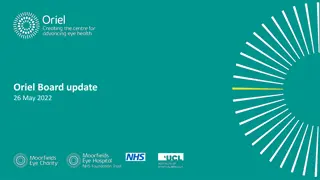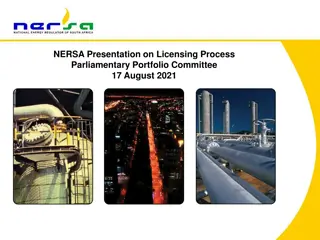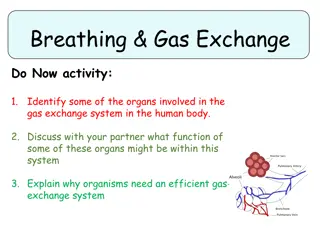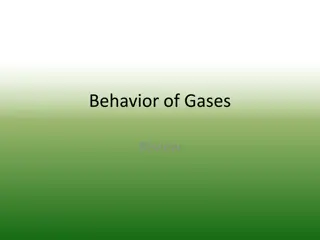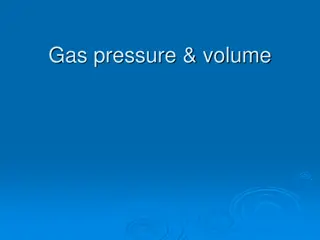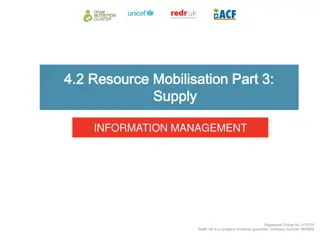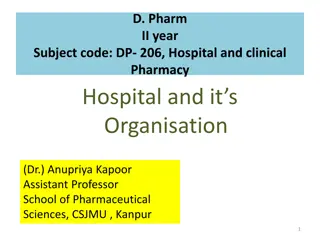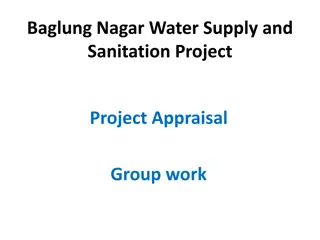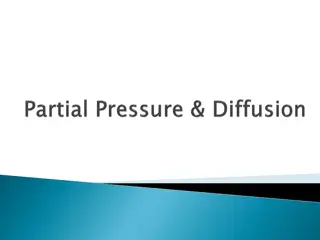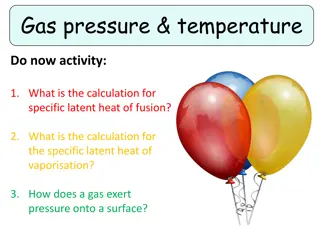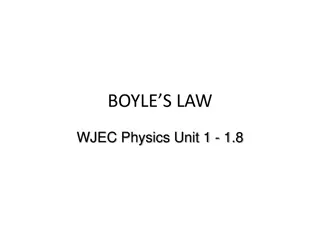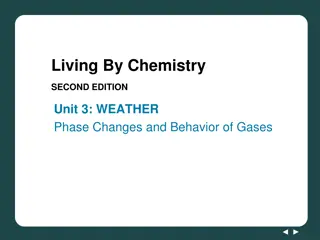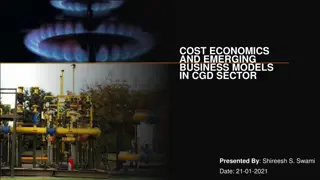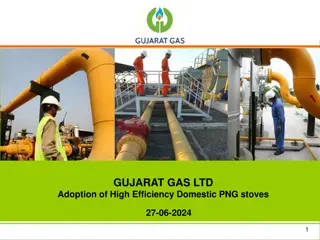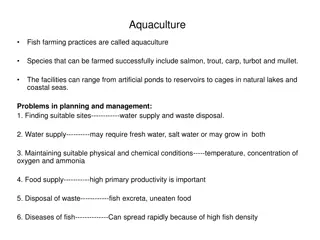Understanding Piped Gas Supply Systems in Hospitals
Anaesthetists rely on piped gas supply systems for patient care in hospitals. This comprehensive session covers the components, safety procedures, and operation of the system in conjunction with anaesthetic machines. Learn about the key features, safety measures, and functionality of the piped gas supply network and outlets in this informative session.
Download Presentation

Please find below an Image/Link to download the presentation.
The content on the website is provided AS IS for your information and personal use only. It may not be sold, licensed, or shared on other websites without obtaining consent from the author. Download presentation by click this link. If you encounter any issues during the download, it is possible that the publisher has removed the file from their server.
E N D
Presentation Transcript
Piped gas supply Description Anaesthetists regularly use piped gas supply and suction in different parts of the hospital. This session explores the different components of the piped gas system, examines safety procedures governing its usage, and describes how it operates in conjunction with the anaesthetic machine.
Session introduction Learning objectives: Recognize the key features and functionality of the piped gas supply network and outlets. Demonstrate an awareness of the piped gas supply safety features including how the supply connects to the anaesthesia machine.
Introduction to piped gas This session explores the fundamental aspects of how anaesthetists regularly use piped gas supply and suction in different parts of the hospital for patient care. The gases are supplied from central supply points of hospital premises, such as cylinder main fold banks or liquid oxygen storage tanks, which house large volumes of gas. The gas is piped through special copper alloy piped work, and out let valves control the flow of the gas throughout the hospital, ensuring its instant availability at the required locations.
Piped medical gas and vacuum (PMGV) system Gases are delivered from central supply points and distributed via a copper pipework system with brass fittings which ends in outlets. Copper is used in these piped medical gas and vacuum (PMGV) systems because it prevents the degradation of the gases. Copper also has bacteriostatic properties, which it important in a sterile environment. PMGV systems are grease free, and the size of the pipes vary depending on the demand they supply. As a safety feature, the pipes are labelled at regular intervals to avoid misconnection.
The piped supply outlets The piped supply outlets are identified by: Gas colour coding. Gas name. Shape. This provide a safety system that ensures a patient can not be given an incorrect supply. View the images to see the different colours and shapes of the outlets.
Oxygen outlet white
Nitrous oxide outlet blue
air (400 KPa) outlet black
Air (700 KPa) outlet black
Suction outlet yellow
Scavenging outlet yellow/blue
Piped gas outlets The safety of the patients is paramount. PMGV system outlets are designed to accepts matching quick connect/ disconnect probes. They will only accept the correct connecter none of the others will fit. The outlets have Schrader sockets with an indexing collar specific to each gas or gas mixture.
Anaesthetic machine In order to improve the safety of gas delivery, the following design features are incorporated. The PMGV system outlets are connected to the anaesthetic machine via flexible colour coded hoses. White for oxygen. Blue for nitrous oxide. Black for air. Yellow for vacuum/suction. Brown for scavenging. The British standard states that the end of the hose connecting to the anaesthetic machine should be permanently fixed using a nut and liner union and gas specific non interchangeable screw threads (NISTs).
Safety features The single hose test is performed to detect cross connection. This ensures that the correct gas is flowing via the correct flow meter on the anaesthetic machine. A reserve bank of cylinder is available should be primary supply fail. Usually the switched off cylinders are attached to the anaesthetic machine and can be turned on very quickly in the case of a central supply failure. The tug test is performed to detect misconnection it confirms that each pipe line is correctly inserted in to the appropriate gas supply terminal. Inadequately inserted pipes can appear to be attached to the terminal even when hanging vertically, but their will be no gas flow.
Compressed medical air Medical air is supplied either for medical use, such as during anaesthesia via the anaesthetic machine, or drive power tools, such as orthopedic surgical tools or tourniquet equipment. For clinical use, medical air is supplied at pressure of 400 KPa, while for power tools it supplied at 700 KPa. anaesthetic machines and most intensive care ventilator blenders accept a 400KPa supply. The terminal outlet of the two pressures are different, to prevent misconnection.
Session key points Piped gas is supplied by a network of copper pipelines throughout the hospital from central supply points. The outlet are named, colour coded and shaped coded to accept matching probes that are permanently fixed. Single hose and tug tests are performed to test for cross connection and misconnection respectively. There is a risk of fire from worn and damaged hoses. Gases are supplied under pressure of 400KPa. In addition, air is also supplied under pressure of 700KPa. A vacuum of -53KPa(-400mmHg) is generated. A pump should be capable of creating a negative pressure of -53KPa . A unit should take no longer than 10 seconds to generate a vacuum (500mmHg) with a displacement of air of 25L/min.
Session summary Learning objectives: Recognize the key features and functionality of the piped gas supply network and outlets. Demonstrate an awareness of the piped gas supplied safety features including how the supply connects to the anaesthesia machine.




